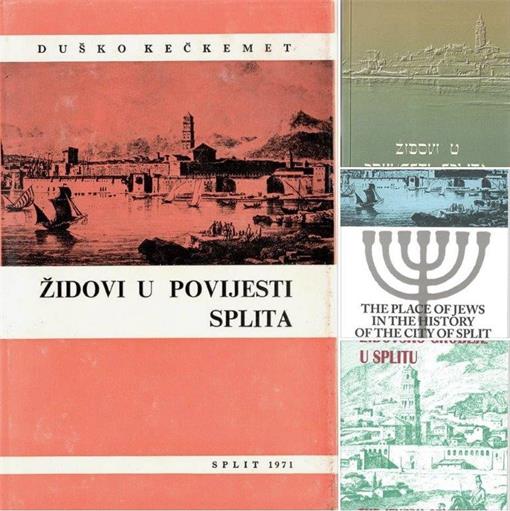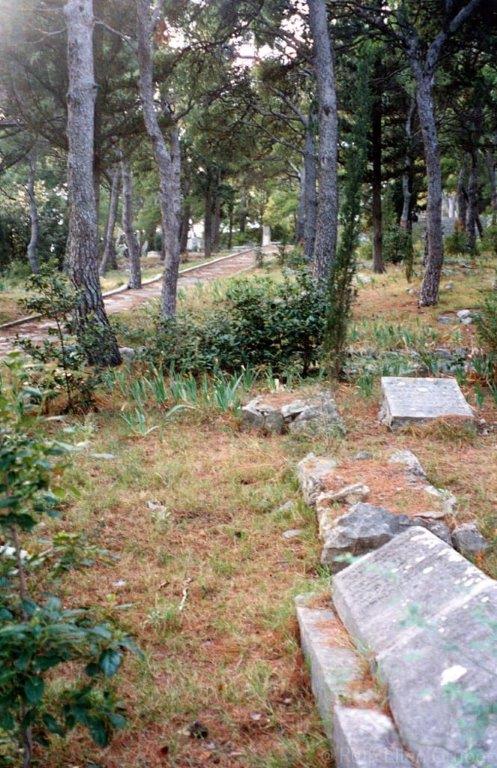Na Web stranici "Jewish heritage" našli smo, na preporuku Ane Lebl, interesantan članak o Židovskoj zajednici u Splitu
Duško
Kečkemet, an art historian and archaeologist who carried out extensive research
and writing on the Jewish history and Jewish heritage of Split, Croatia, has
died, aged 97.

The Jewish
community of Split called Kečkemet a
“great man, historian and scientist who, through his research and writing about
the Jews of Split, forever won the gratitude of the Jewish community of Split
and beyond.” His works, the community said, are still considered “the most
comprehensive sources of knowledge about Jews in Split.”
Kečkemet was
the longtime director of the Museum of the City of Split and dedicated his
career to researching and documenting the city, its history, and its monuments
in detail.
The first
edition of his book, “Jews in the History of Split” was published in 1971 (an
English language summary has gone through five editions), and in 1973 he
co-authored with the Israeli scholar Zusia Efron a bilingual Croatian-English
booklet on the city’s old Jewish cemetery, founded in the 16th century.
Jewish
settlement in Split dates back to ancient times. The modern city developed over
centurieswithin the walls of the great palace of the third-century Roman
emperor Diocletian, which was located not far from the Roman town of Salona,
where archaeological finds dating to the second and third centuries CE suggest
a well-established Jewish community. The Split synagogue, in the medieval ghetto
area, dates from the 16th century.

The Old Jewish cemetery was established in 1573
on Marjan Hill above the city
Today it includes some 700 tombstones from the 18th to
20th centuries; it remained in use until
World War II; since the war, Jewish burials have taken place in a section of the municipal cemetery.
The gravestones in the Old Cemetery are of the horizontal Sephardi type; some are shaped like a sarcophagus’s roof, and the others are flat, slightly inclined slabs. They bear epitaphs and inscriptions, but no sculptural decoration.